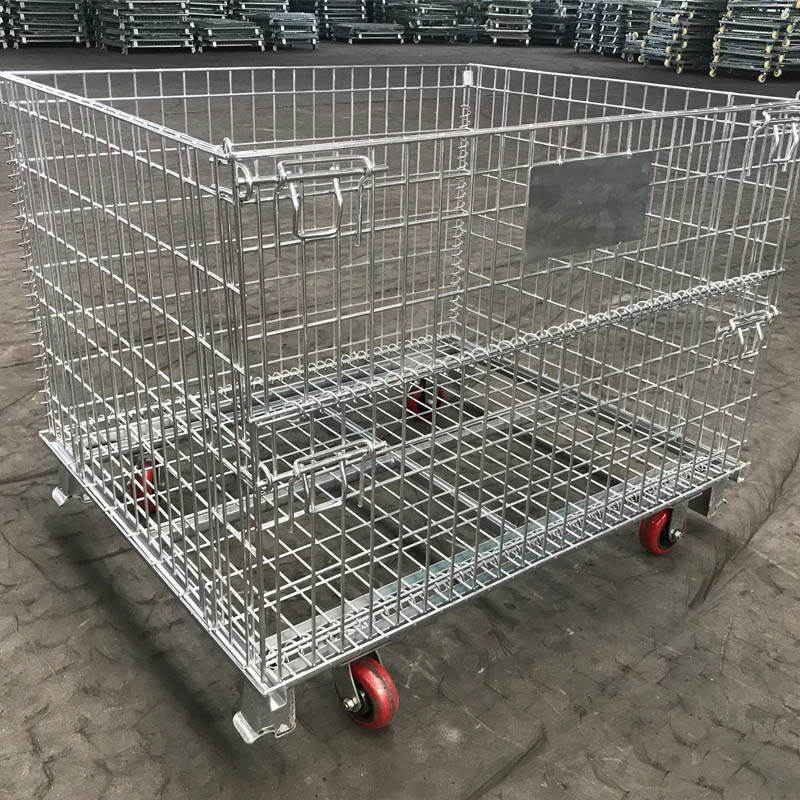
- Mobile Phone
- +8613931874955
- sales@cntcmetal.com
internal angle bead
Understanding Internal Angle Beads A Key Component in Modern Construction
In the realm of modern construction and interior design, precision and quality are paramount. One of the essential components that aid in achieving flawless finishes on walls and ceilings is the internal angle bead. This seemingly simple product plays a crucial role in ensuring structural integrity, enhancing aesthetic appeal, and simplifying the finishing process.
An internal angle bead is designed specifically to create sharp, clean corners at the intersection of two walls. Typically made from materials such as PVC, metal, or plasterboard, these beads serve as a rigid frame that protects the fragile edges of drywall or plaster from damage. The effectiveness of internal angle beads lies not only in their protective characteristics but also in their ability to guide the finishing process.
When installing drywall, the corners can often be vulnerable to damage during routine maintenance or daily activities. Internal angle beads provide a robust edge that can withstand impacts, ensuring that walls maintain their integrity over time. Furthermore, they facilitate the application of joint compound, providing a surface against which the material can be smoothed, creating a seamless transition that looks polished and professional.
internal angle bead

The installation of internal angle beads is relatively straightforward, making them a favorite among contractors and DIY enthusiasts alike. The bead is typically cut to the desired length and adhered using drywall adhesive or screws, depending on the chosen material. Once in place, a layer of joint compound is applied over the bead, which is then feathered out to blend with the surrounding wall. This application results in a smooth, continuous surface that not only looks great but also resists cracking during settlement or movement within the building.
Another significant advantage of internal angle beads is their versatility. They can be used in various applications, from residential homes to commercial spaces. With different styles and finishes available, builders can choose beads that complement the overall design aesthetic of the property. For instance, decorative angle beads can enhance the visual appeal of a room, while standard options provide functionality without drawing attention away from the decor.
Moreover, the emergence of innovative materials has led to the development of angle beads with built-in features such as moisture resistance or flexibility. These adaptations make them suitable for environments prone to high humidity or movement, such as kitchens and bathrooms. Choosing the right internal angle bead for the specific application can significantly enhance the longevity and look of the finished work.
In conclusion, internal angle beads are indispensable in the construction and finishing of walls and ceilings. They not only protect vulnerable edges from damage but also provide a framework for achieving smooth and elegant corners. Their ease of installation, coupled with the variety of materials and styles available, makes them a go-to solution for contractors and homeowners looking to create high-quality finishes in their spaces. As the construction industry evolves, the importance of components like internal angle beads continues to grow, underscoring their value in building and design.
share:
-
Yard Sign Stakes: Reliable Guardians of Outdoor SignsNewsAug.04,2025
-
Wall Ties: Invisible Guardians of Building StabilityNewsAug.04,2025
-
Resilient Web: The Super Guardian Power of Concrete MeshNewsAug.04,2025
-
Masonry Accessories: A versatile assistant on building foundationsNewsAug.04,2025
-
Iron Binding Wire: the 'invisible reinforcement specialist' in the fields of architecture and industryNewsAug.04,2025
-
Dynamic Spring: The diverse functions and excellent performance of Wire Tension SpringNewsAug.04,2025
-
Your Source for Concrete Wall Ties and Masonry AccessoriesNewsJul.10,2025



















